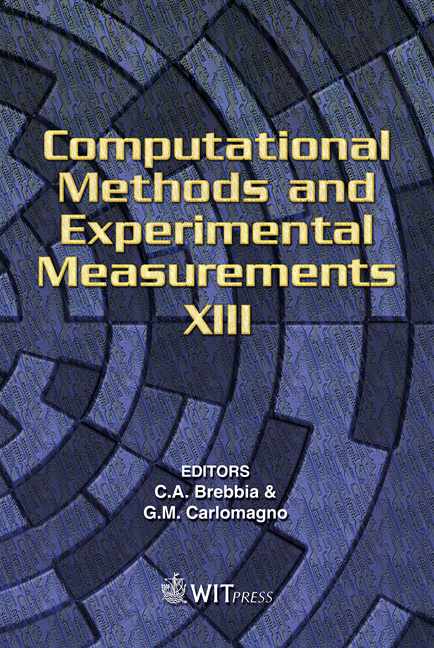Novel Method For Watermarking System Operating On The HF And VHF Radio Links
Price
Free (open access)
Transaction
Volume
46
Pages
10
Published
2007
Size
617 kb
Paper DOI
10.2495/CMEM070771
Copyright
WIT Press
Author(s)
Z. Piotrowski & P. Gajewski
Abstract
Modern watermarking systems operating on an acoustic layer of the host signal must meet a lot of constructional requirements. One of these requirements is watermark perceptual transparency at host signal presence and robustness to intentional and unintentional attacks. Developed systems also possess a dedicated bit rate for the steganographic mode or a data payload for the watermarking mode. The system presented in this paper relates to the watermarking systems class with blind detection procedure and operates on the host speech signal transmitted over HF/VHF radio links. System innovation consists of using the OFDM and SSDS techniques as well as a drift phase scanner on the receiver’s side. The system was developed for radio correspondent authorisation using HF/VHF radio links. Keywords: watermarking, steganography, information hiding, phase drift scanner, radio HF/VHF link, OFDM signal, Spread Spectrum Direct Sequence, coherent averaging, synchronization. 1 Introduction The radio correspondent authorization problem in the HF/VHF links is very important for the reason that the degraded and distorted speaker’s recognition signal is basic authorisation element for the radio end-user. Authorisation is carried out \“by ear” in a subjective manner, e.g. radio operator, using radio handset, assesses that his/her interlocutor possesses characteristic speech features and qualifies recognised speech to dedicated person. It is typical that after \“short, subjective authorisation” the radio speech correspondence takes place usually using secret messages not accessible for third party users or outsiders. The subjective authorisation problem is more complicated when we take into
Keywords
watermarking, steganography, information hiding, phase drift scanner, radio HF/VHF link, OFDM signal, Spread Spectrum Direct Sequence, coherent averaging, synchronization.





